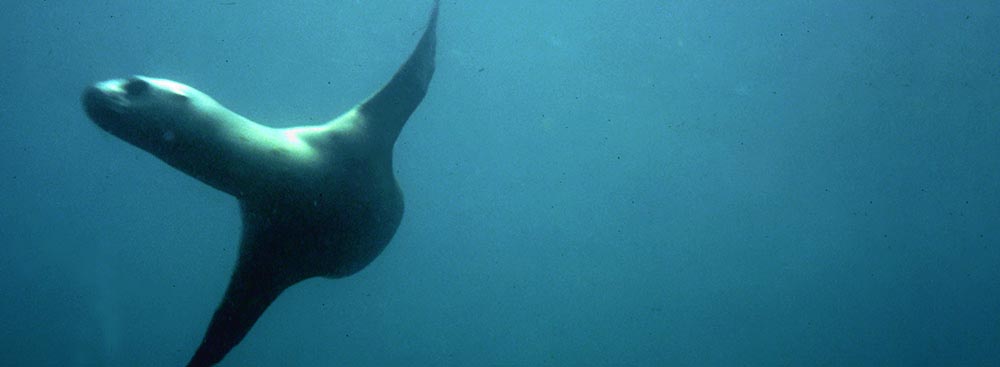
Foraging ecology is investigated in the two resident species of fur seals and sea lions inhabiting the Punta San Juan reserve: South American fur seals (Arctocephalus australis) and sea lions (Otaria flavescens). The study of foraging ecology focuses on understanding the use of marine habitat use by two sympatric species of pinnipeds that breed in the Punta San Juan reserve.
By understanding the foraging ecology of top predators, such as sea lions and fur seals, we can understand how these species adapt to environmental variability on a seasonal and long- term basis.
This is achieved through diet studies, direct observations and spatial analysis of marine habitat use through the coupling of specialized equipment.
For diet analysis, we have a historical database showing the frequency of occurrence of a type of prey found in the feces of each pinniped species. Feces samples are routinely collected at the reserve.
Our research projects also include data collected routinely by observers who register information on foraging trips (time spent on shore vs. time at sea) of lactating adult female fur seals with offspring. We also collaborate on a project placing GPS devices coupled with TDR (time depth recorders) in 2010 and 2011 to understand how fur seals use the marine hábitat.